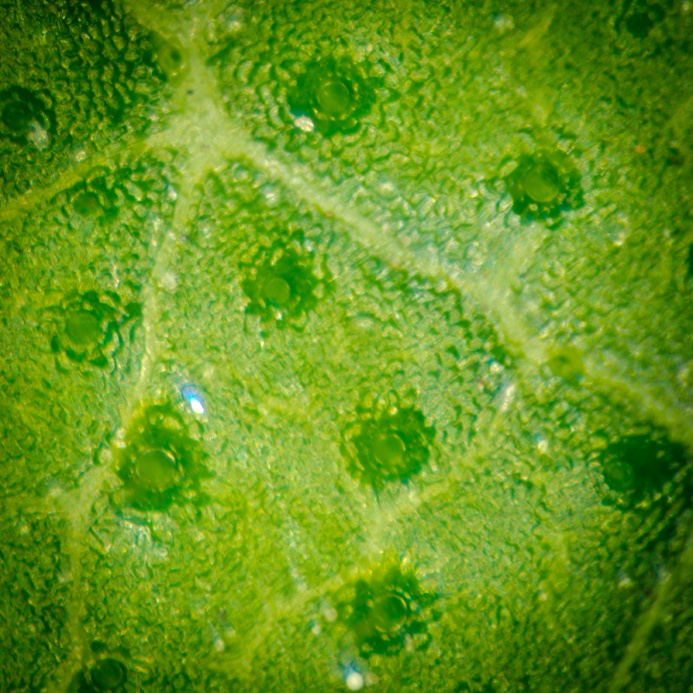Vacuolar processing enzyme (VPE) is involved in manyplant physiological processes and functions as a cysteine protease. It plays important roles in immunity, programmed cell death, leaf senescence andseed maturation. VPE has caspase-1-like activity and it is thought that caspases are evolutionarily related to this enzyme. The biological relevance of VPE makes the development of tolls to study this enzyme extremely valuable for research purposes.
The available protocols to detect proteases include nanoparticle-based sensing strategies, but these are limited due to the low diameter in the pores of plant cell walls that limits most of the available nanoparticles penetration into the cells. This is the reason why most of the assays to measure protease activity are done in vitro with fluorescence based detection. The use of probes is also a possibility but most of the available enzyme-activatable probes give wrong kinetic readouts due to nonspecific proteases or inhibition of the target proteases. These and other colorimetric or fluorescence based methods also suffer from the high background interference causedby the complex coloring metabolites in plant cells.
Taking into account these limitations of the existing methods, Zhou and colleagues, developed a bioseparation method based on magnetic beads as a new strategy for sensitive and quantitative detection of plant VPE activity. The assay is based on a VPE peptide substrate and 2-cyano-6-amino-benzothiazole, which is bound to the surface of magnetic beads. When the enzyme finds one peptide substrate it cleaves it leaving the severed product of the reaction, CRK-FITC, free in solution and available for the beads to capture via a condensation reaction. This makes the catalytic activity of VPE measurable by confocalmicroscopy imaging and flow cytometry quantitative analysis, since there is a linear correlation between the fluorescence and the concentration of substrate in solution. This sensor system has several advantages such as being highly efficient due tothe use of functionalized magnetic beads, overcoming the background interference caused by coloring metabolites, and the catalyst-free properties of the condensation reaction.
Magnetic beads can therefore be a valuable tool in the study of plant biology since this system can be applied to other enzymes in order to study them in a way that was not possible before.
Specific capture of the hydrolysate on magnetic beads for sensitive detecting plant vacuolar processing enzyme activity.Zhou, J. et al. Biosens. Bioelectron.79, 881–886 (2016).
Related news
- Microfluidic immunomagnetic cell separation fromwhole blood
- Improved detection of Mycobacterium avium subsp. Paratuberculosis
- Purification of pancreatic epithelial cells with magnetic beads





